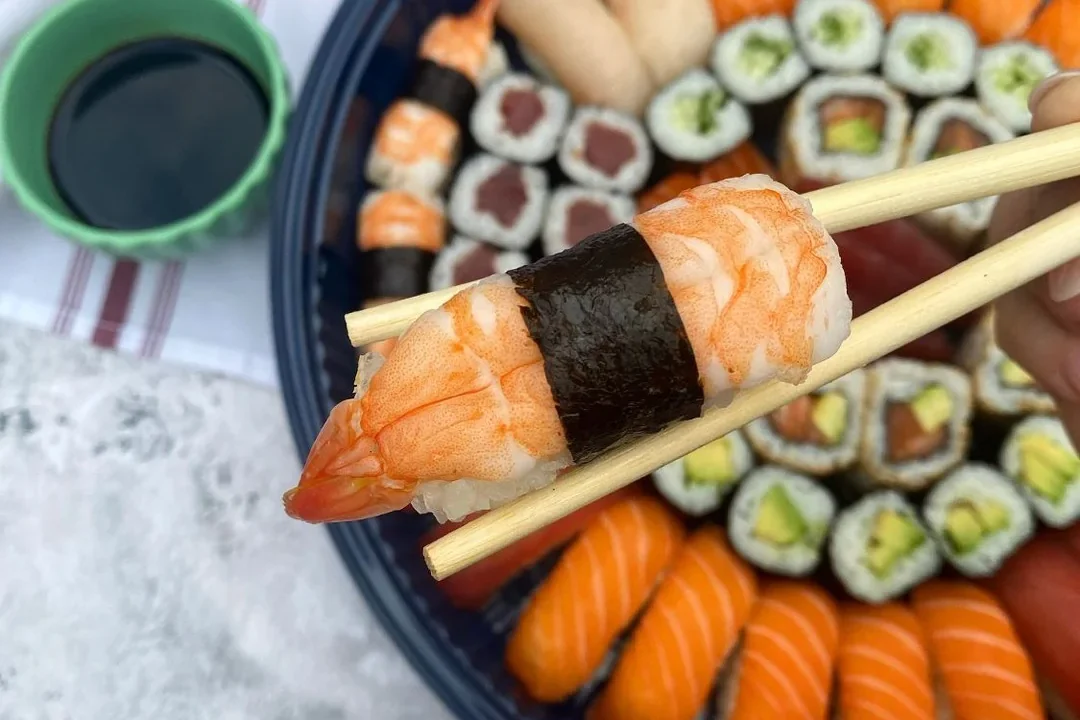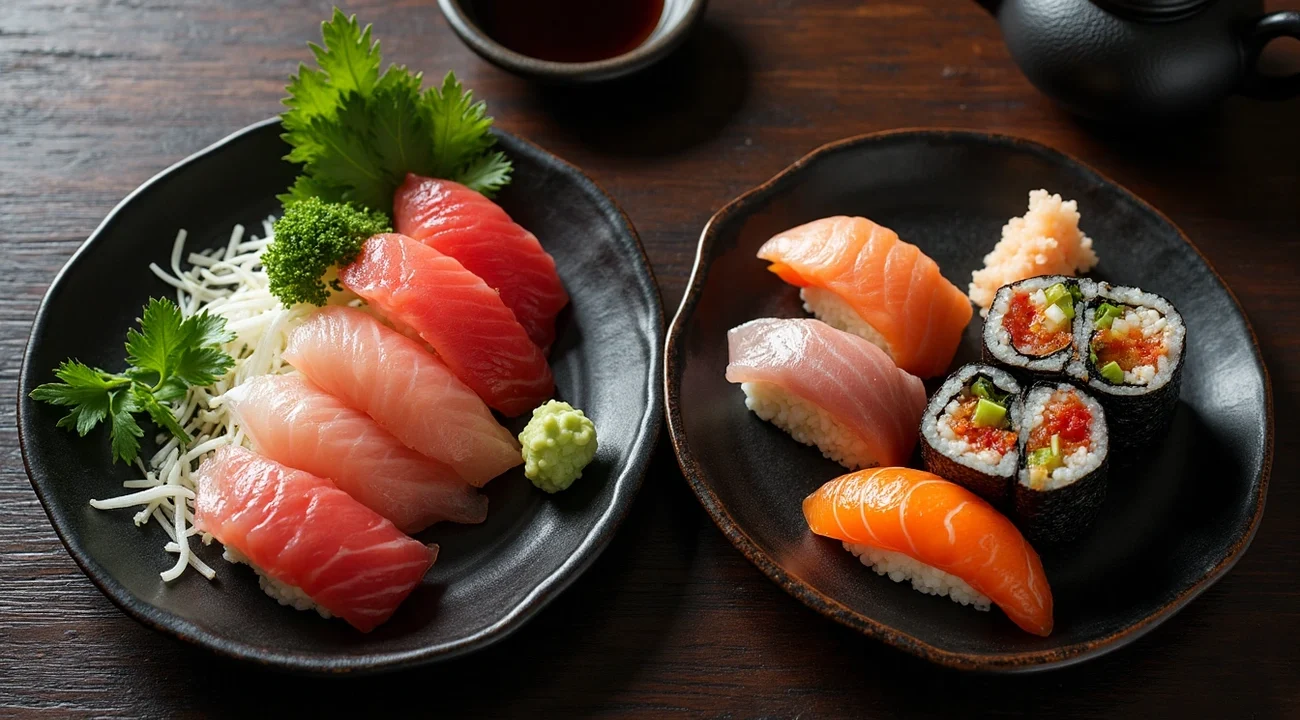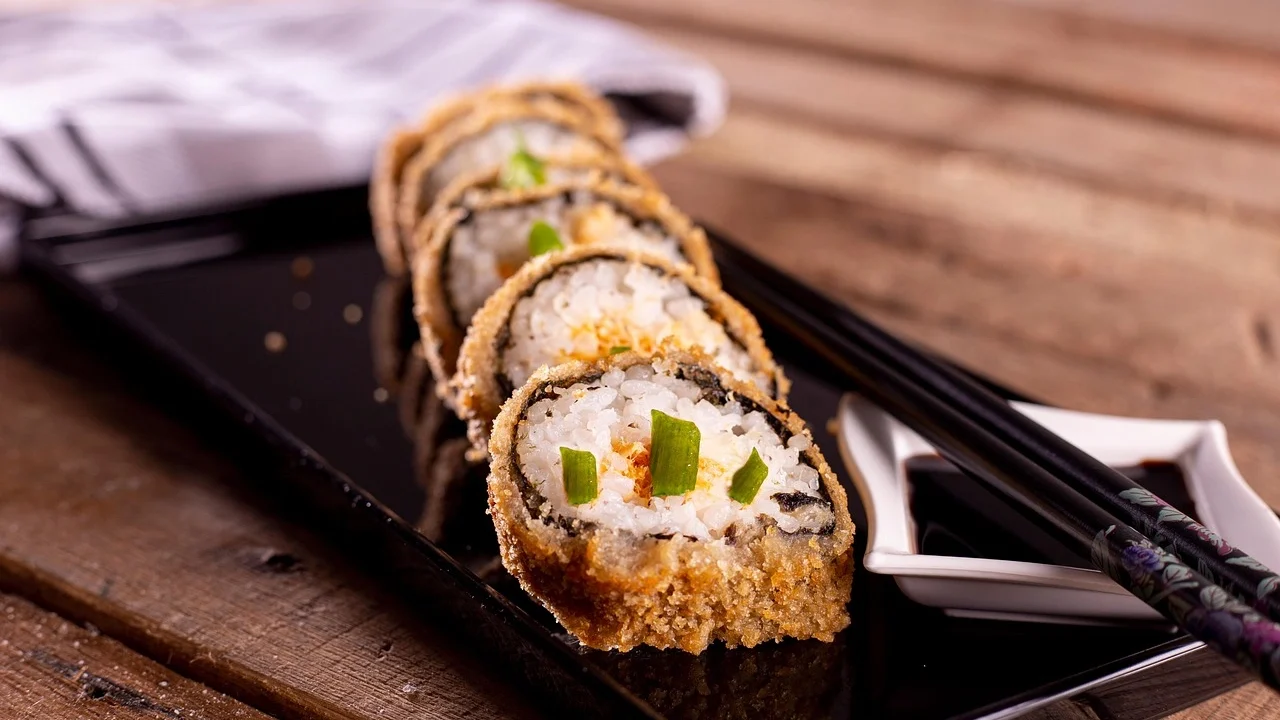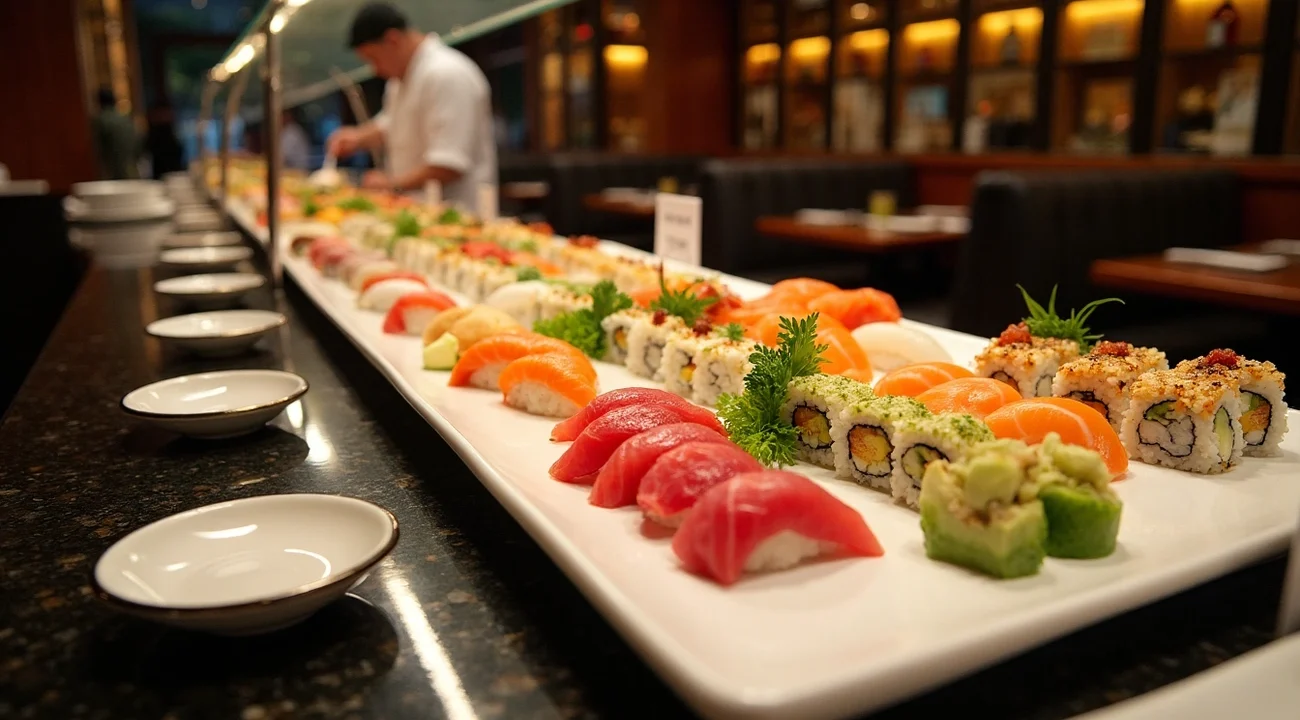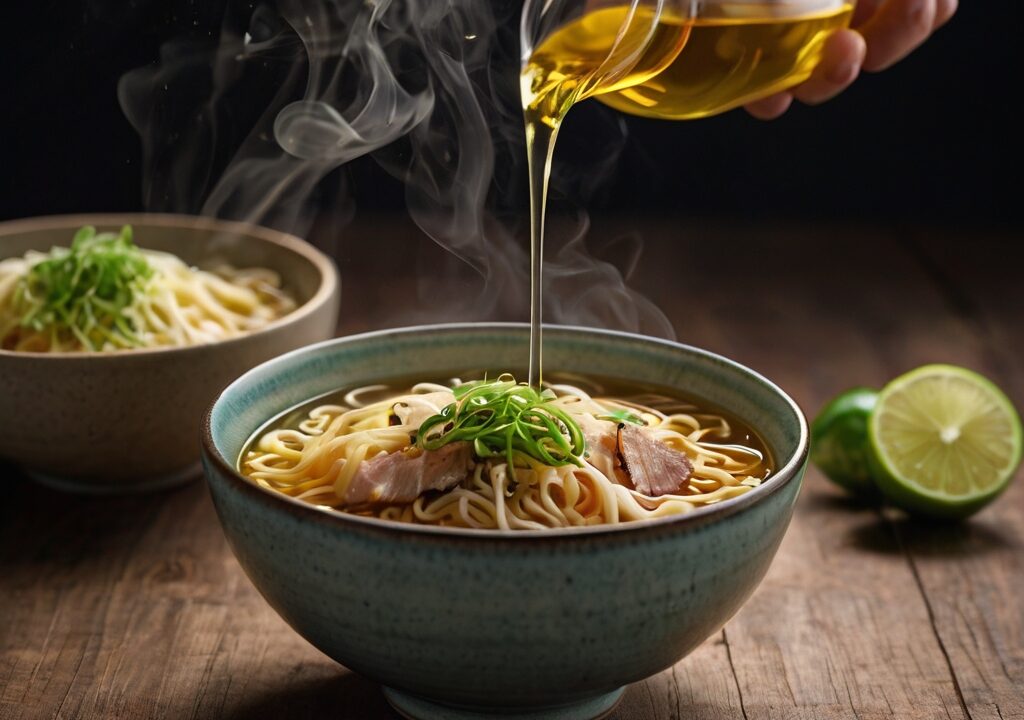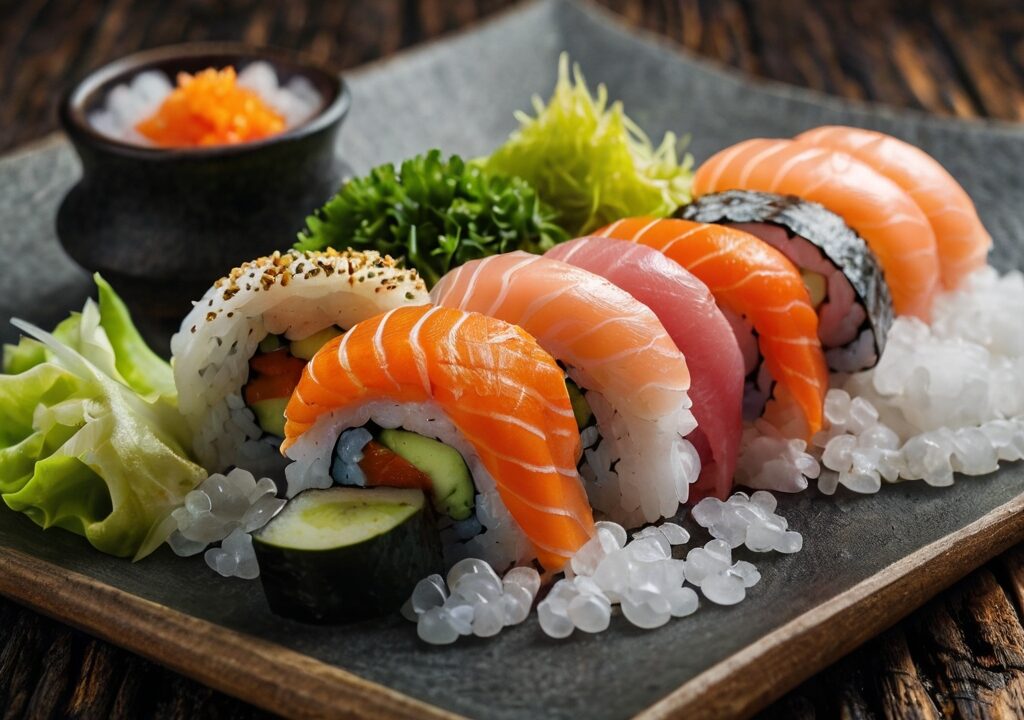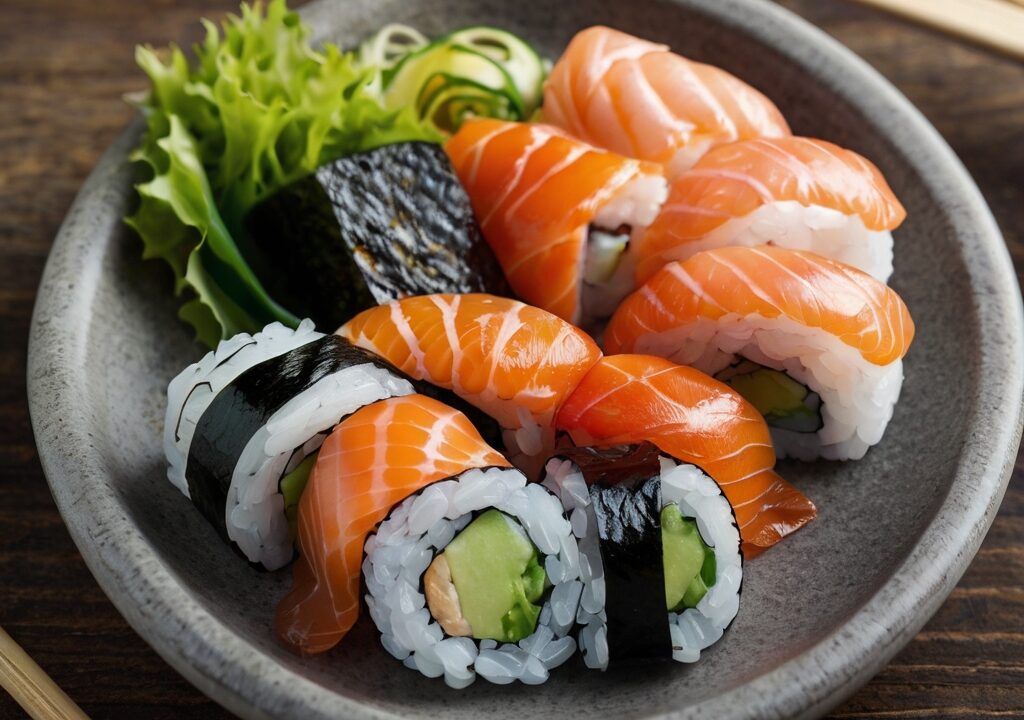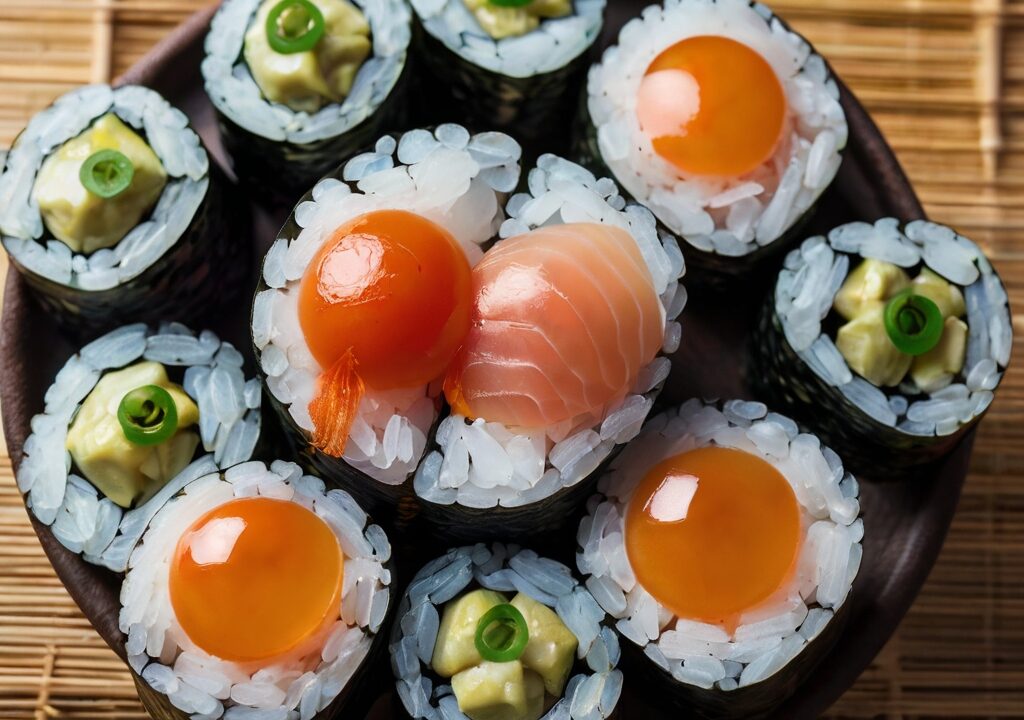Sushi enthusiasts might find it surprising that ebi sushi contains no fish at all. “Ebi” in Japanese means prawns, though some use it for crab or lobster too. This traditional delicacy stands as one of the finest examples of edomae-style sushi and holds a special place in Japanese culinary excellence.
Fresh, top-quality prawns serve as the centerpiece of this beloved sushi variety. Chefs butterfly these prawns and leave the tail intact to enhance presentation. Japanese sushi tradition features ebi prominently… Read More

